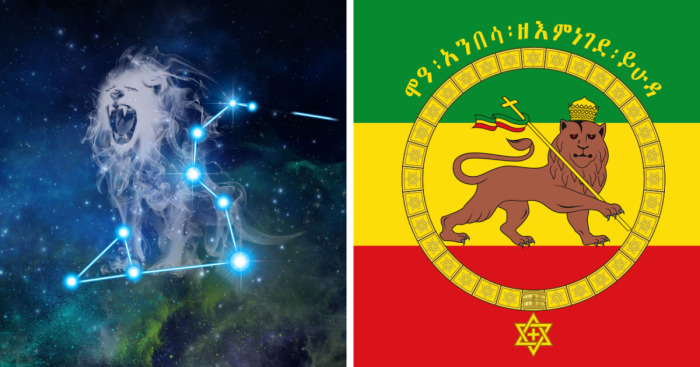
Hey Pandas! Today Is The International Lion Day. Let’s Celebrate With A Bit Of Culture!
What could possibly be said about this magnificent animal?
We all love and admire lions and most of us know for example that lions are the most social big cat, living together in groups (called “prides.”), consisting of about 15 lions. Within these groups, hierarchy is very strong and despite females doing most of the hunting, the males eat first.
It’s pretty obvious that lions are athletes and we know that lions can run for short distances at 50 mph and leap as far as 36 feet! A lion’s roar can be heard from as far as 5 miles away and may sleep up to 20 hours a day. A good gauge of a male lion’s age is the darkness of his mane. The darker the mane, the older the lion. A male lion can stretch up to 10 feet long and weigh 400–500 pounds, females typically weigh 250–350 pounds.
Even though the lion is sometimes referred to as the “king of the jungle,” it actually only lives in grasslands and plains. The expression may have come from an incorrect association between Africa and jungles or may refer to a less literal meaning of the word jungle.
In the 1940s, lions numbered 450,000. Today, there are as few as 32,000 on Earth. The lion is listed as vulnerable on the IUCN Red List of Threatened Species. Only about 1 in 8 male lions survive to adulthood. A majority of lions die shortly after being kicked out of their pride around the age of 2. And these majestic cats are threatened by habitat loss. Trophy hunting is devastating for lions for several reasons. First, when an adult male (the most sought-after trophy) is killed, his death destabilizes and may destroy an entire pride. Second, it wipes out the genes of the largest and most healthy males.
We think we know everything about it. But let’s find out! Today we will explore once again a topic through a different perspective!
Did you know that two thousand years ago, over a million lions roamed throughout regions that covered Europe, Syria, Israel, Iraq, Pakistan, Iran, and India?
Let’s explore the lion world through History, Religions, Mythology, and Arts!
Leo constellation
Image credits: pngtree.com
Leo, the Latin word for lion, is one of the earliest recorded constellations, with ties to ancient Mesopotamia, Persia, India and Greece. The constellation represented the Nemean Lion in Greco-Roman culture, and is one of the twelve symbols of the Western zodiac. Leo is visible throughout the northern hemisphere from the spring equinox until the summer solstice.
Rastafari movement
The Lion of Judah is a prominent symbol in the Rastafari movement. It represents Emperor Haile Selassie I as well as being a symbol of strength, kingship, pride and African sovereignty.
Rastafari consider the mention of “The Lion of Judah” in Genesis 49:9 and Revelation 5:5 of The Bible to refer to Emperor Haile Selassie I. Rastafari hail Haile Selassie I with the titles “KING of Kings, LORD of lords, Conquering Lion of Judah, Elect of God, the Light of the World”.
Manticore
Image credits: en.wikipedia.org
The manticore is a Persian legendary creature similar to the Egyptian sphinx that proliferated in western European medieval art as well. It has the head of a human, the body of a lion and a tail of venomous spines similar to porcupine quills, while other depictions have it with the tail of a scorpion. There are some accounts that the spines can be shot like arrows, thus making the manticore a lethal predator. It devours its prey whole, using its triple rows of teeth, leaving no traces of its victims (including bones) behind.
Singapore
Image credits: www.techinasia.com
Singapore’s name is the Anglicised form of the original Sanskrit-derived Malay name Singapura, which means ‘Lion City’. Malay mythology describes how the founder-prince of Singapore (then called ‘Temasek’) sighted a strange red and black beast with a mane when he first set ashore the island. Believing it to be a lion and a good omen (although lions were not known to exist anywhere in Southeast Asia) he renamed the island Singapura.
Japanese traditional theater
Image credits: tipsparatuviaje.com
The lions of kabuki are proud, valiant creatures, whose fierce and noble spirits for some reason have a habit of entering and possessing human beings. In the dance play Hanabusa shūchaku-jishi (The Blossom-Coated Lion), a lion spirit possesses a beautiful courtesan. And in the classic Renjishi (Father and Son Lions)—although this was first performed five years after the Edo period ended—the spirit slips into two kyōgen actors. The dance is based on the folk tale about the father lion pushing his cubs over a precipice to rear only the ones strong enough to run back up the cliff.
Tibetan flag
Image credits: tibetandawn.co.uk
Lions feature prominently in the Tibetan culture with a pair of Snow Lions seen on the Tibetan flag. The Snow Lions are mythical creatures that are seen as protector entities. The Snow Lion symbolizes fearlessness, unconditional cheerfulness, east, and the Earth element. It is one of the Four Dignities. It ranges over the mountains, and is commonly pictured as being white with a turquoise mane.
Forbidden City
Image credits: en.wikipedia.org
The common motif of the “majestic and powerful” lion was introduced to China by Buddhist missionaries from India, somewhere in the first century AD.[52] Lions themselves, however, are not native to China, yet appear in the art of China and the Chinese people believe that lions protect humans from evil spirits, hence the Chinese New Year lion dance to scare away demons and ghosts. Chinese guardian lions are frequently used in sculpture in traditional Chinese architecture. For instance, in the
Forbidden City in Beijing, two lion statues are seen in almost every door entrance.
Borobudur temple
Image credits: commons.wikimedia.org
Lions were never native animals of Southeast Asia in recorded history. As the result, the depiction of lion in ancient Southeast Asian art is far from naturalistic style. The cultural depictions and the reverence of lion as the noble and powerful beast in Southeast Asia was influenced by Indian culture.
In Borobudur Buddhist monument Central Java, Indonesia andesite stone statues of lions guarding four main entrances of Borobudur.
Narasimha
Image credits: godwallpaper3.blogspot.com
Narasimha (“man-lion”) is described as an incarnation of Vishnu in the Puranic texts of Hinduism, one who incarnates in the form of part lion and part man to destroy evil and end religious persecution and calamity on Earth, thereby restoring Dharma ( “created order” or “the arrangement of physical reality”). It is worshiped as “Lion God” and considered sacred by all Hindus in India.
The lion court of Alhambra palace – Spain
Image credits: 66.media.tumblr.com
In Middle Eastern culture, both Arab and Persian, the lion is regarded as the symbol of courage, bravery, royalty, and chivalry. In Muslim Spain period, the lion court of Alhambra palace displays the lion statues as supporters and waterspout of fountain
Yvain the Knight of the lion
Image credits: en.wikipedia.org
In a key scene of Yvain, the Knight of the Lion, a romance by Chrétien de Troyes, the hero is depicted as rescuing a lion from a serpent. Subsequently, the lion proves to be a loyal companion and a symbol of knightly virtue, and helps Yvain complete his altruistic ventures. In the happy end, the lion comes to dwell with Yvain and his wife Laudine at their castle.
Mark The Evangelist
Image credits: www.e-venise.com
In Christian tradition, Mark the Evangelist, the author of the second gospel is symbolized by the lion of Saint Mark – a figure of courage and monarchy. It also represents Jesus’ Resurrection (because lions were believed to sleep with open eyes, a comparison with Christ in the tomb), and Christ as king. Some Christian legends refer to Saint Mark as “Saint Mark the Lionhearted”. Legends say that he was fed to the lions and the animals refused to attack or eat him. Instead the lions slept at his feet, while he petted them. When the Romans saw this, they released him, spooked by the sight. Venice’s main square is dedicated to this Saint and you can find many lions sculpted or depicted all over the buildings
Samson and the lion
Image credits: commons.wikimedia.org
A lesser-known Biblical account features Samson who kills a lion with his bare hands, later sees bees nesting in its carcass, and poses a riddle based on this unusual incident to test the faithfulness of his fiancée
The Lion Gate
Image credits: www.greeka.com
Lion Gate is the popular modern name for the main entrance of what was the Bronze Age citadel of Mycenae in southern Greece. It was erected during the thirteenth century BC, around 1250 BC, in the northwestern side of the acropolis.
The Lion of Babylon
Image credits: shevchenkovadim.com
discovered in 1876 by a German archaeological mission, The Lion of Babylon is over 2600 years old. The statue is made out of black basalt black stone and was built by the Chaldean Babylonian king Nebuchadnezzar II (605-562 BC). It represents Ishtar, the goddess of fertility, love, and war.
Sekhmet
Image credits: twitmarkets.com
In Egyptian mythology, Sekhmet is a warrior goddess as well as goddess of healing. She is depicted as a lioness. She was seen as the protector of the pharaohs and led them in warfare. Upon death, Sekhmet continued to protect them, bearing them to the afterlife.
Chauvet cave
Image credits: www.thalo.com
The earliest known cave paintings of lions were found in the Chauvet Cave in Lascaux in France’s Ardèche region and represent some of the earliest paleolithic cave art, dating to between 32,000 and 15,000 years ago.
Georg August Goldfuss
Image credits: hauntedadelaide.blogspot.com
The first lion fossil was excavated in southern Germany, and described by Georg August Goldfuss using the scientific name Felis spelaea. It probably dates to the Würm glaciation, and is 191,000 to 57,000 years old.
Bulgarian currency
Image credits: blog.continentalcurrency.ca
Bulgaria’s currency is named Leva, which means “lion” in Old Bulgarian.
Damnatio ad bestias
Image credits: open.conted.ox.ac.uk
Damnatio ad bestias, Latin for “damnation to the beasts,” was a type of Roman capital punishment in which criminals and others were executed by wild animals, such as lions. The act of damnatio ad bestias was considered entertainment for the lower classes of Rome.
Richard the Lionheart
Image credits: howlinginfinite.com
Since the origin of civilization, images of lions have been used to represent majesty, awe, and leadership. Famous leaders have used lions for nicknames, including Richard “the Lionheart” but also Robert III, “the Lion of Flanders” and Lala Lajpat Rai, “The Lion of Punjab.”
The Griffin
Image credits: commons.wikimedia.org
The griffin is a mythic creature with the body of a lion and the head and wings of an eagle. This powerful creature symbolizes various qualities, such as the sun, wisdom, vengeance, strength, and salvation. The creature’s dual nature also can symbolize Jesus Christ’s resurrection or the strength and wisdom of God.
Hercules and the Nemean Lion
Image credits: www.trinityfineart.com
The most famous lion in ancient Greece mythology is the Nemean lion, which was killed by Heracles (aka Hercules). It is represented in the constellation Leo and is also a sign of the Zodiac.
National animal
Image credits: www.fotolip.com
Lions are the national animal of several countries, including : Albania, Belgium, Bulgaria, England, Ethiopia, Luxembourg, the Netherlands, and Singapore.
Leo, the MGM lion
Image credits: 1000logos.net
The famous MGM lion is named “Leo the Lion” and has opened every one of its movies since 1929. Five different lions have been used for MGM’s iconic feline. Around the circle that frames Leo is the MGM motto: Ars Gratia Artis (“Art for Art’s Sake”).
Patience and Fortitude
Image credits: www.tripsavvy.com
The two majestic stone lions that stand guard outside the New York Public library are named Patience and Fortitude. They were named in the 1930s to reflect the qualities New Yorkers exhibited during the Great Depression.
Thus Spoke Zarathustra and Übermensch
Image credits: en.wikipedia.org
In Friedrich Nietzsche’s Thus Spoke Zarathustra, the lion symbolizes someone who has rebelled against traditional knowledge to create a new morality, which is known as the morality of the Übermensch (super-man)
Asiatic lions
Image credits: www.onforest.com
The lion was once found throughout Africa, Asia and Europe but now exists only in Africa with one exception. The last remaining Asiatic lions are found in Sasan-Gir National Park in India, which was primarily created to protect the species. Currently, there are approximately 350-400 lions in the park.
674views
Share on Facebook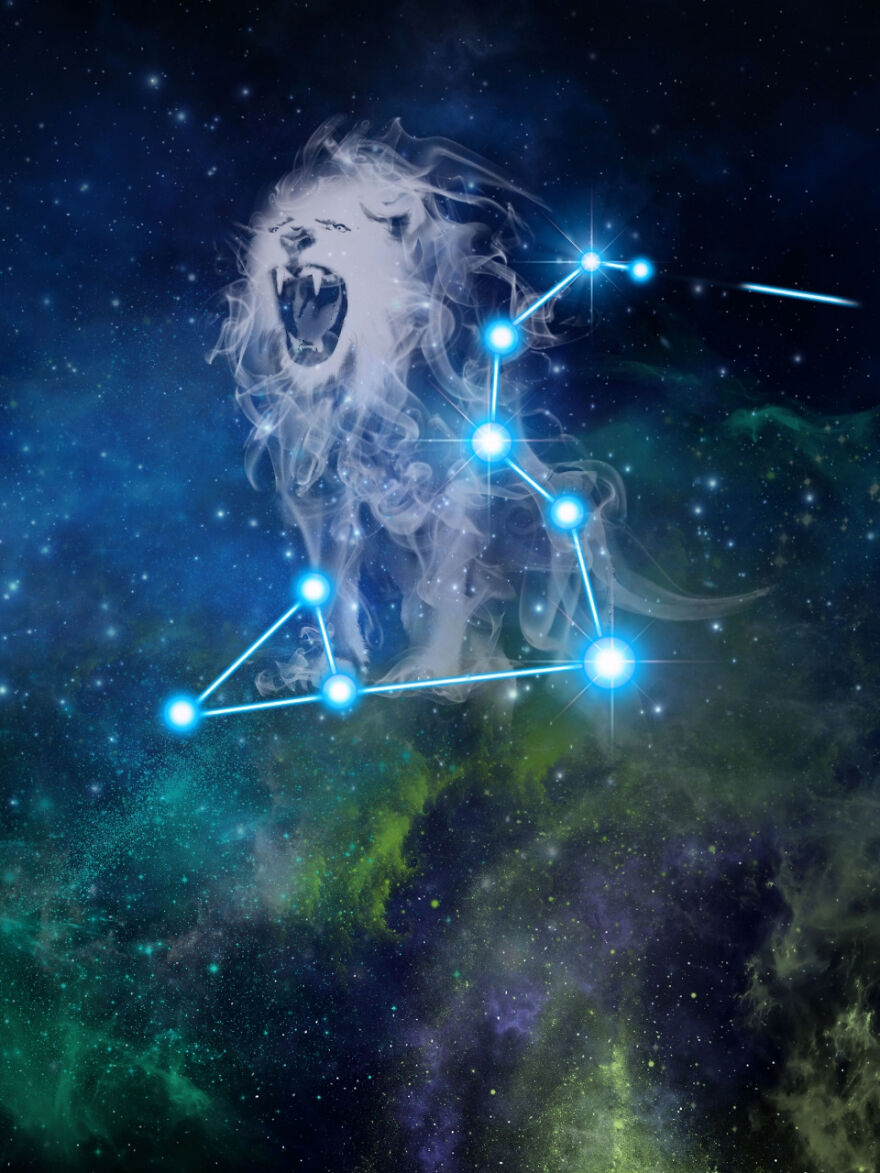
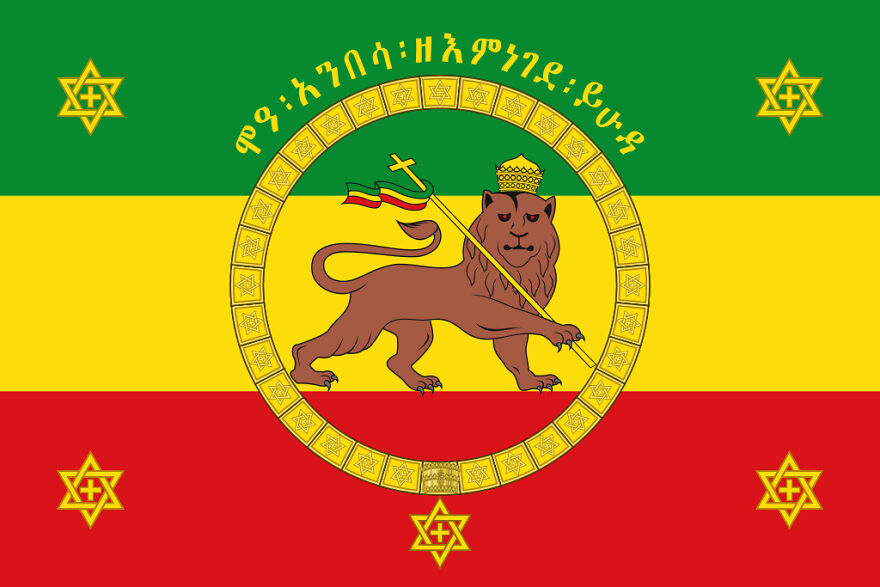
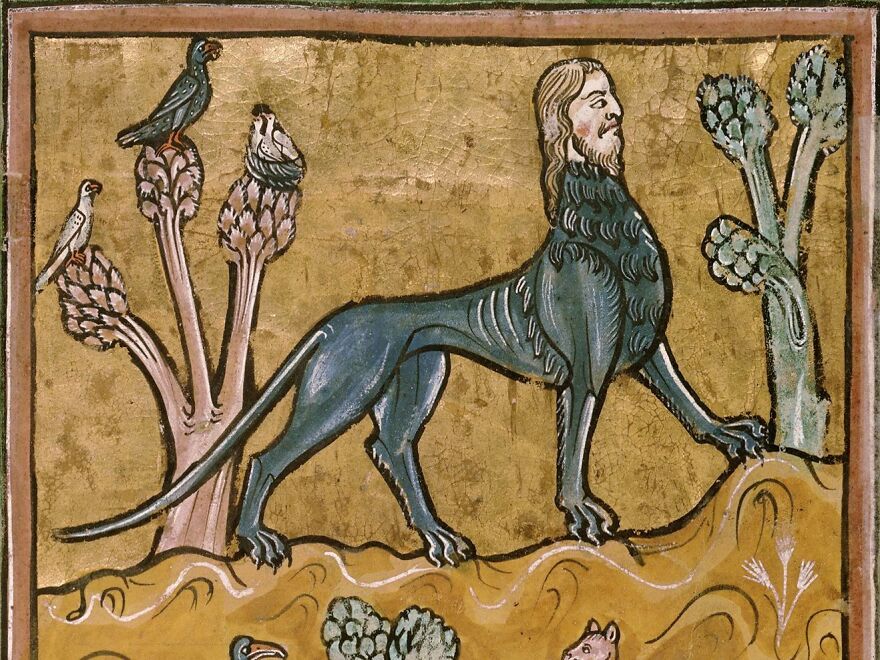

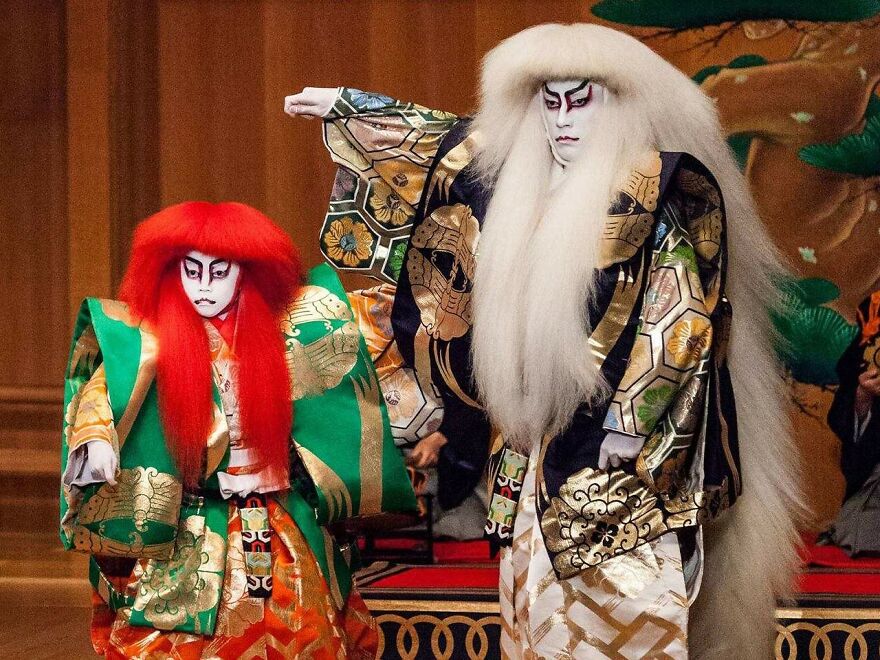
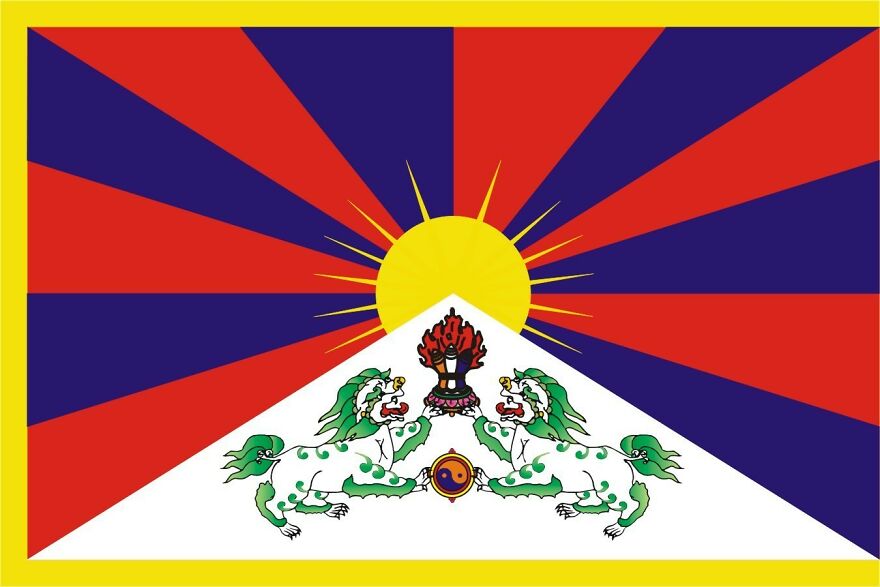
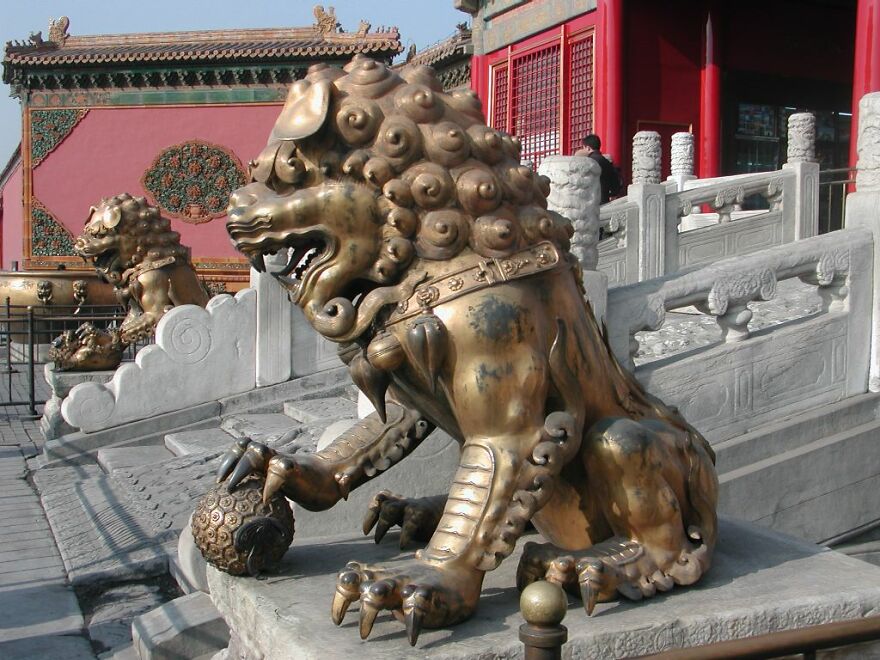
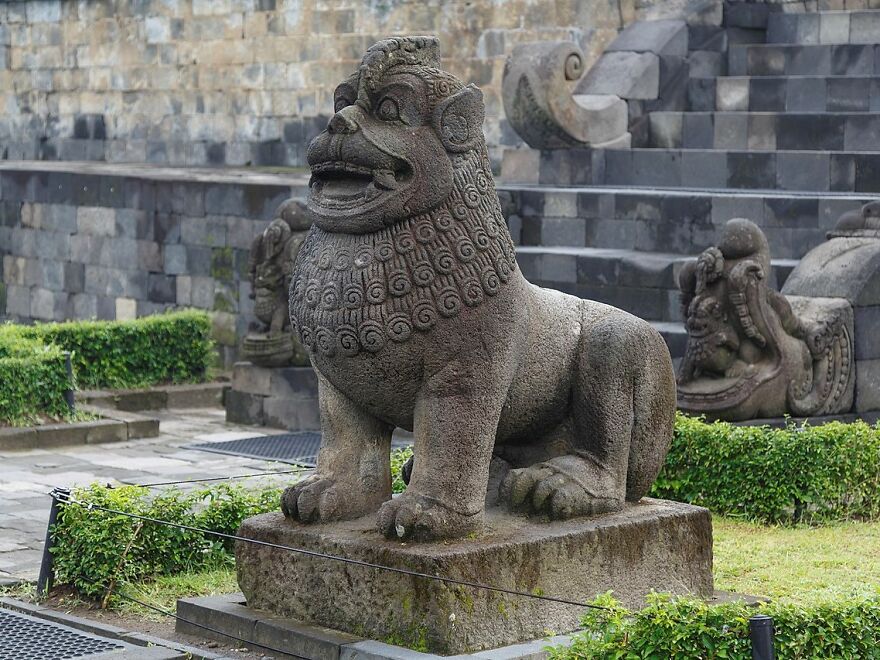
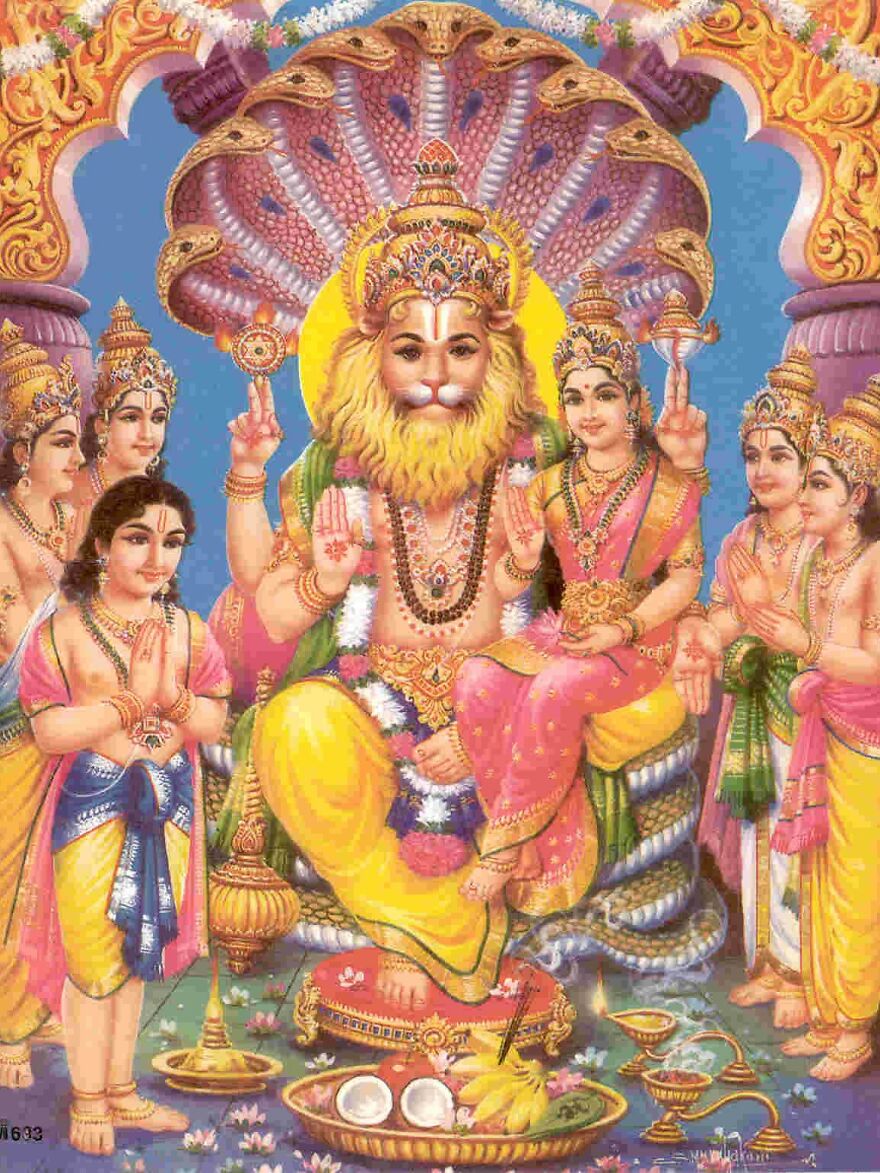
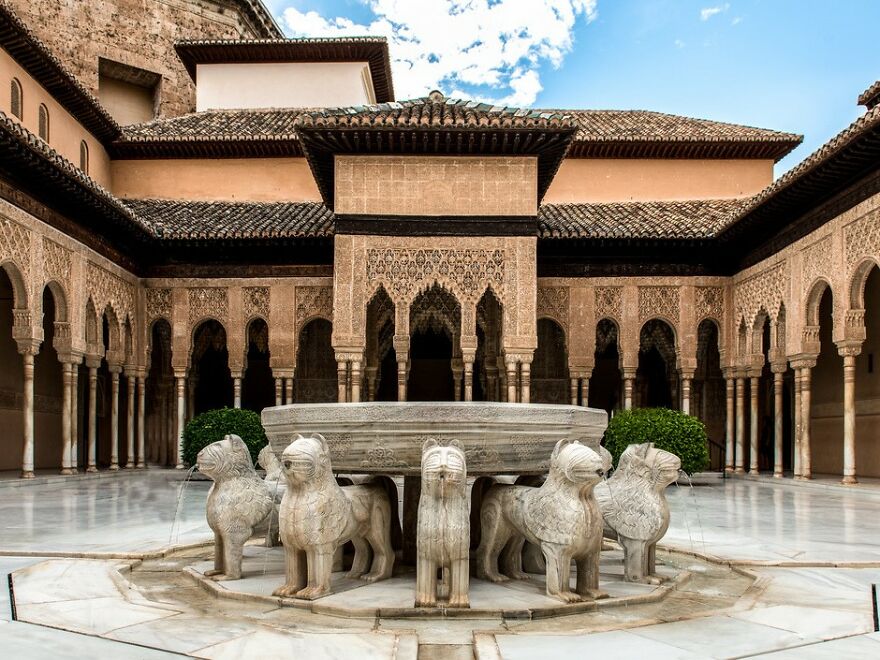
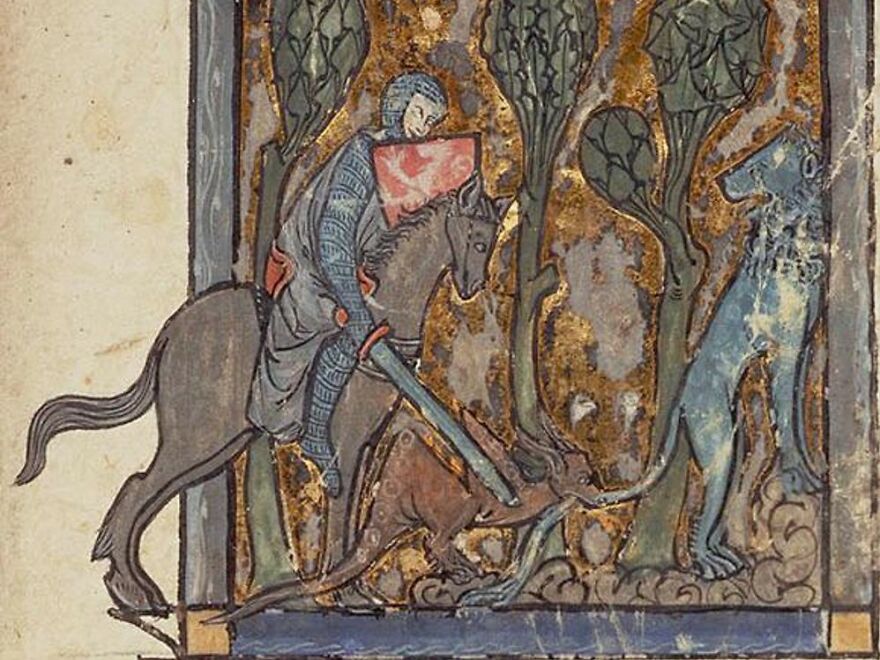
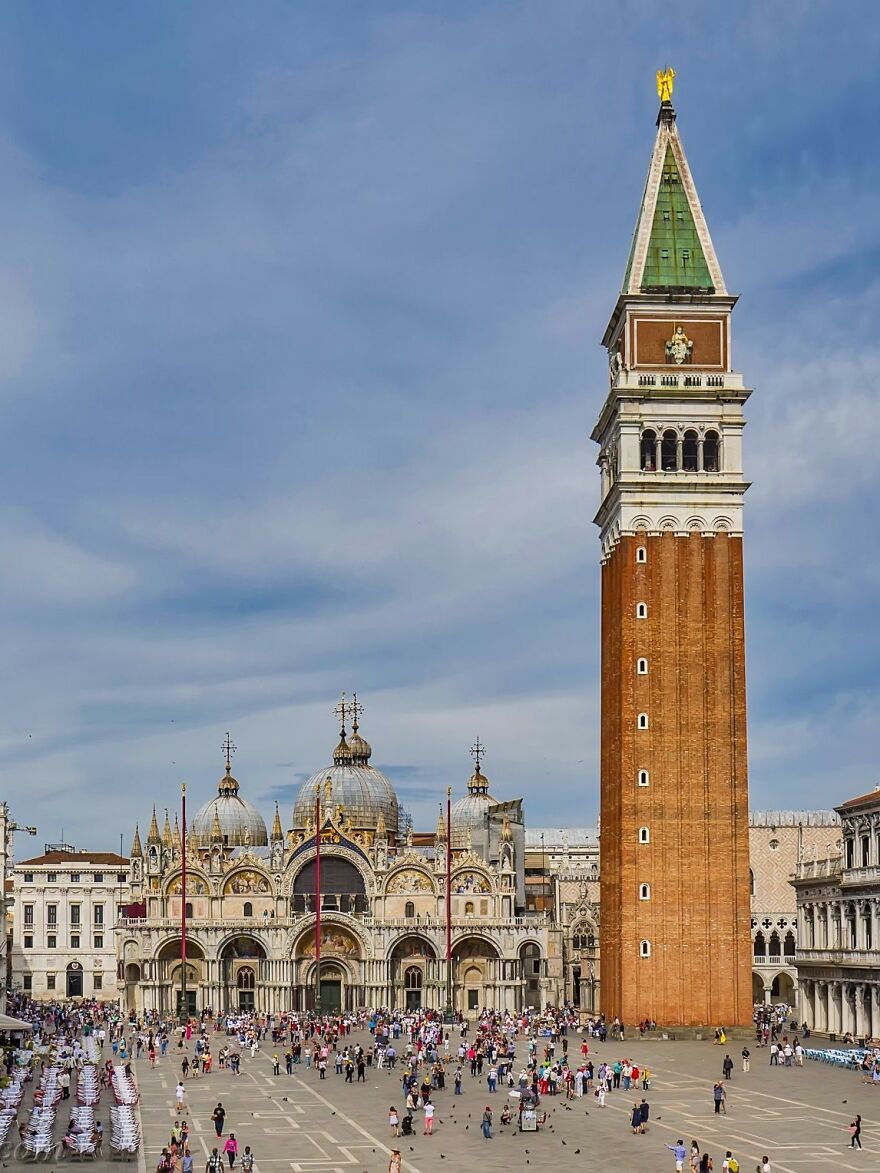
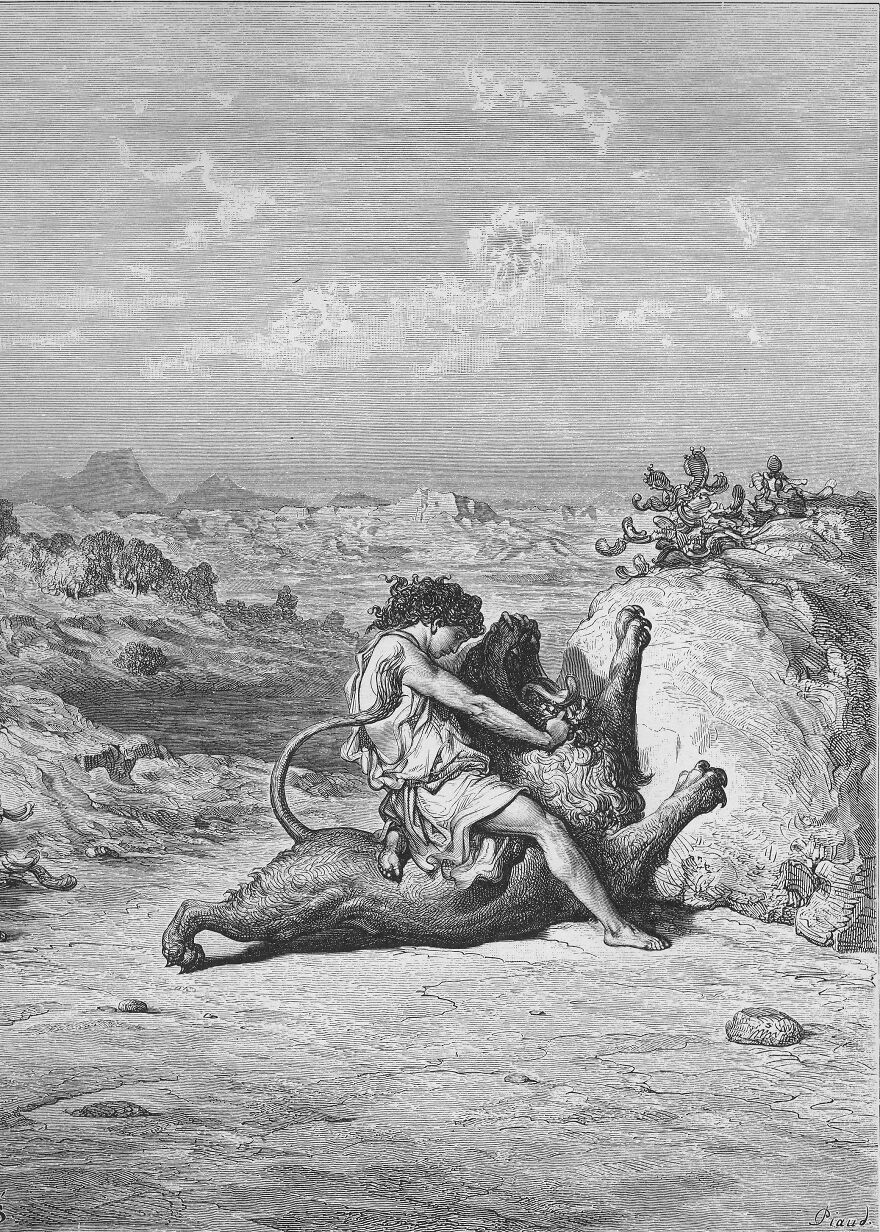
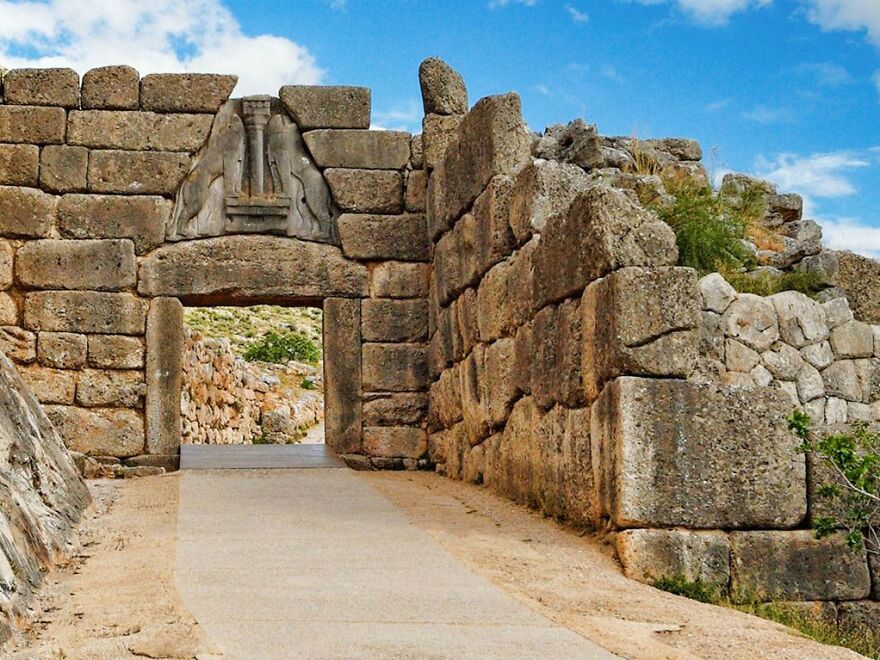
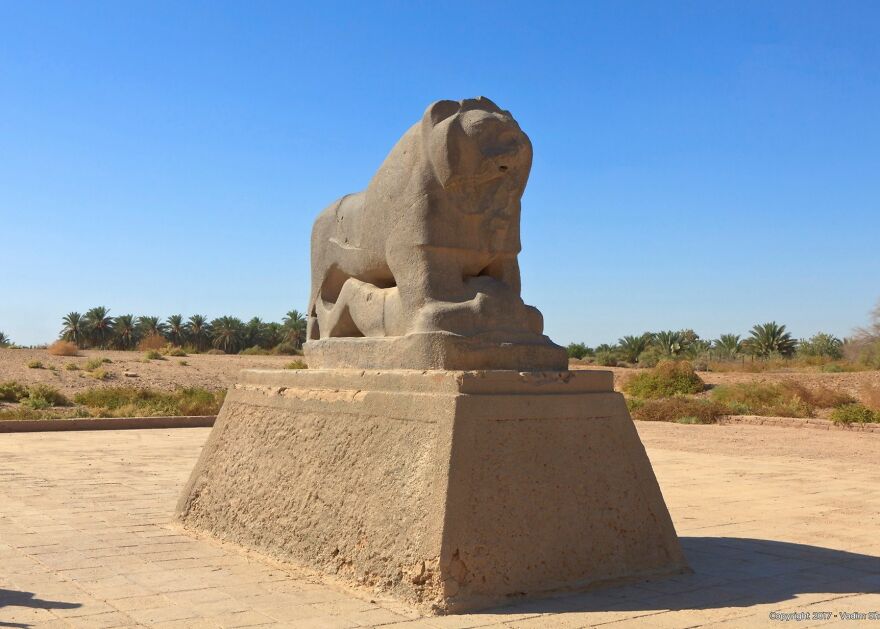
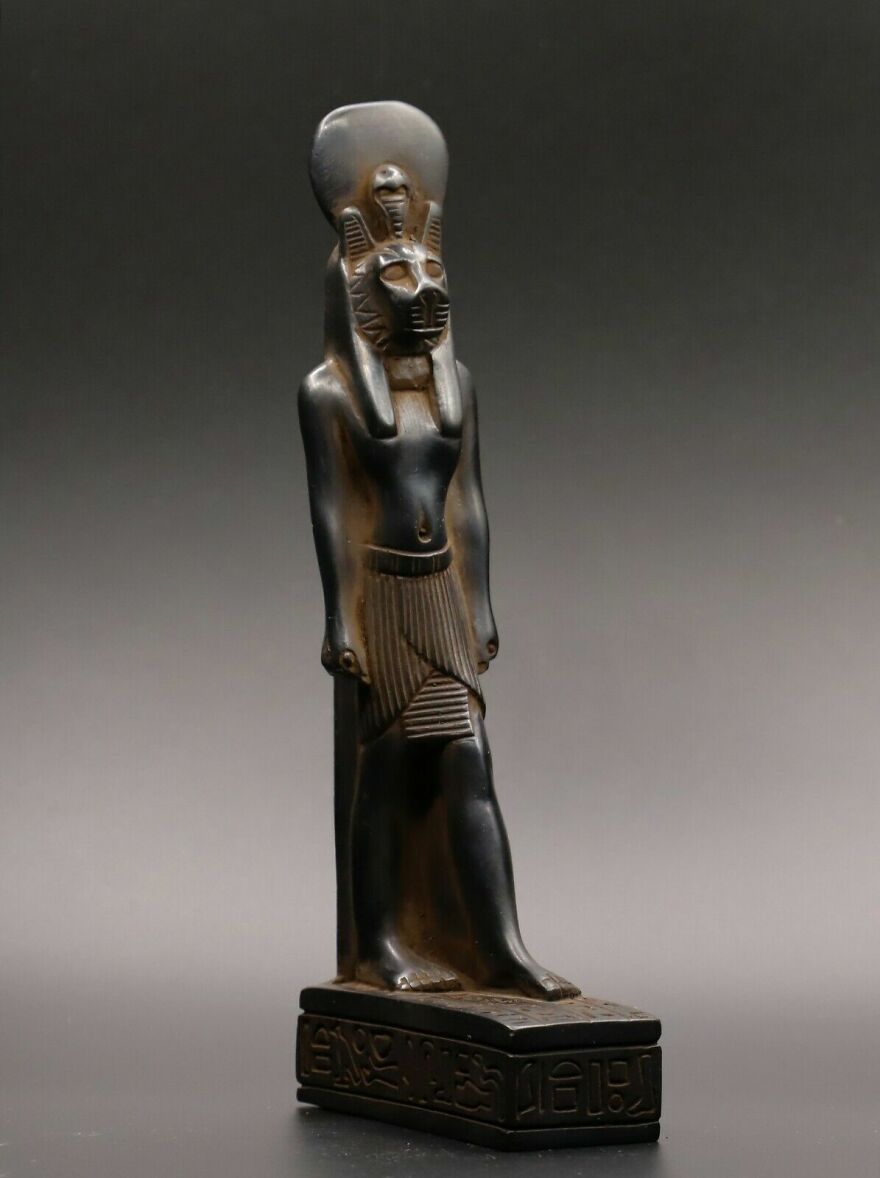
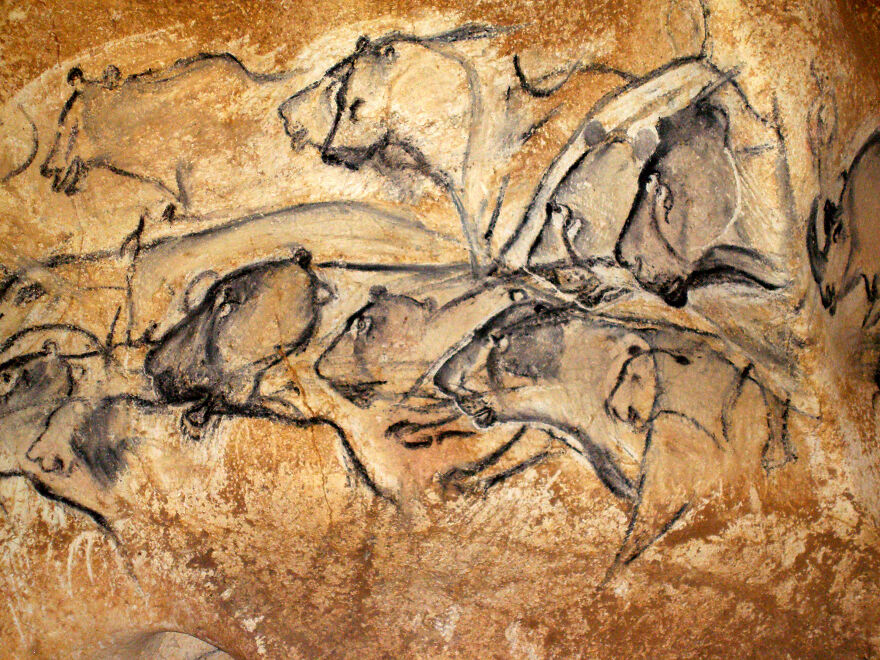
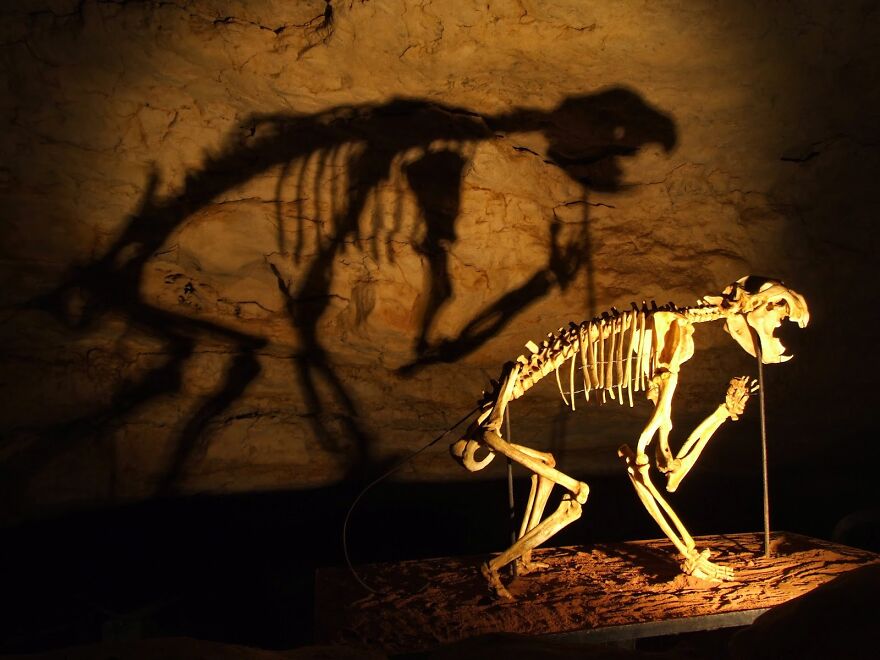

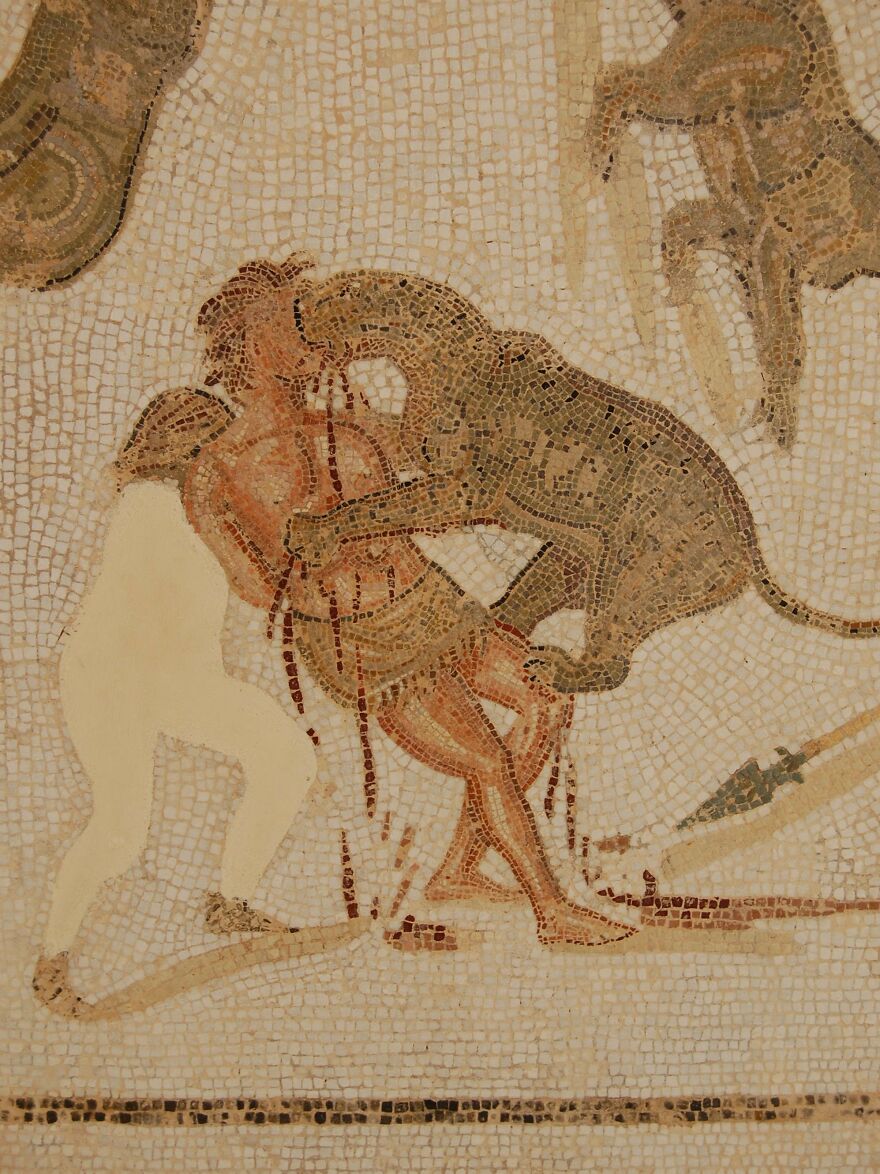
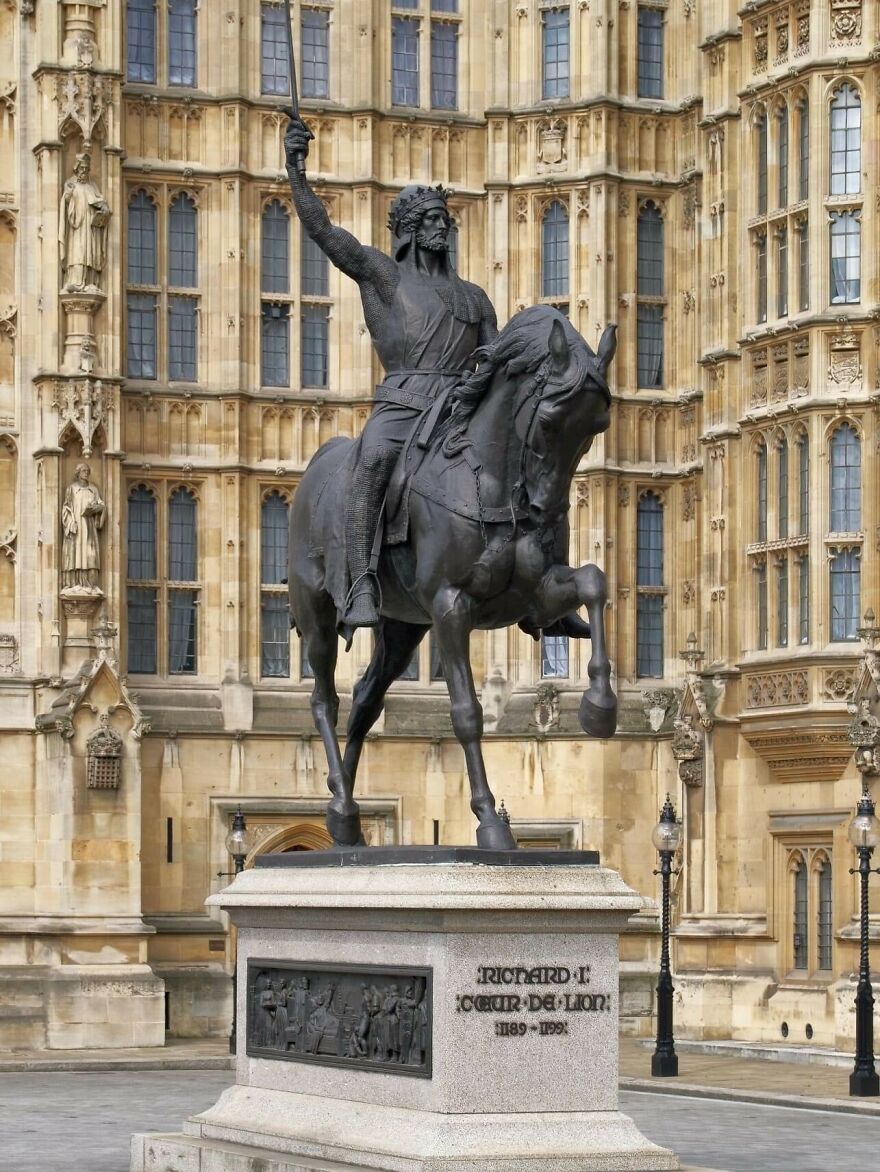
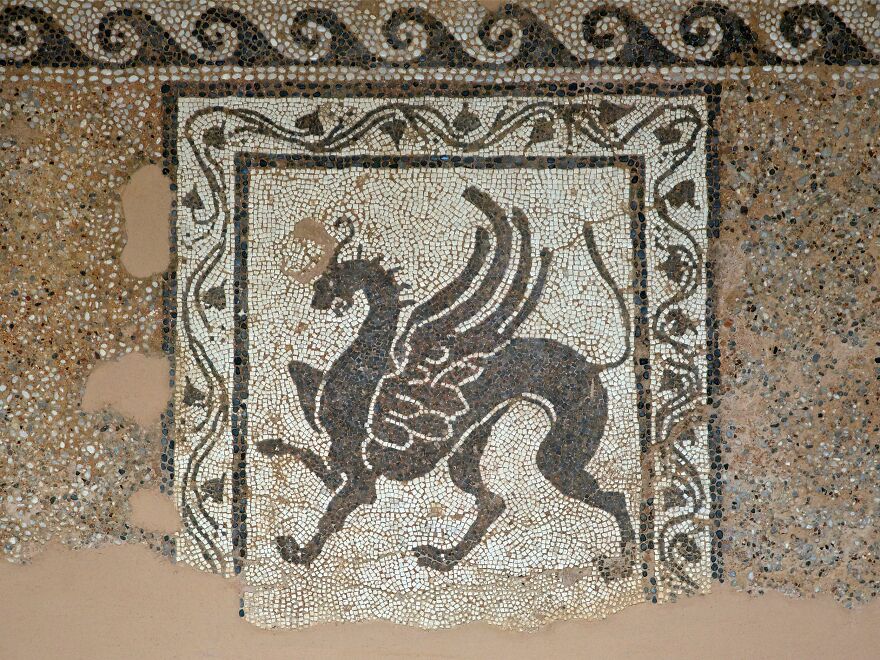
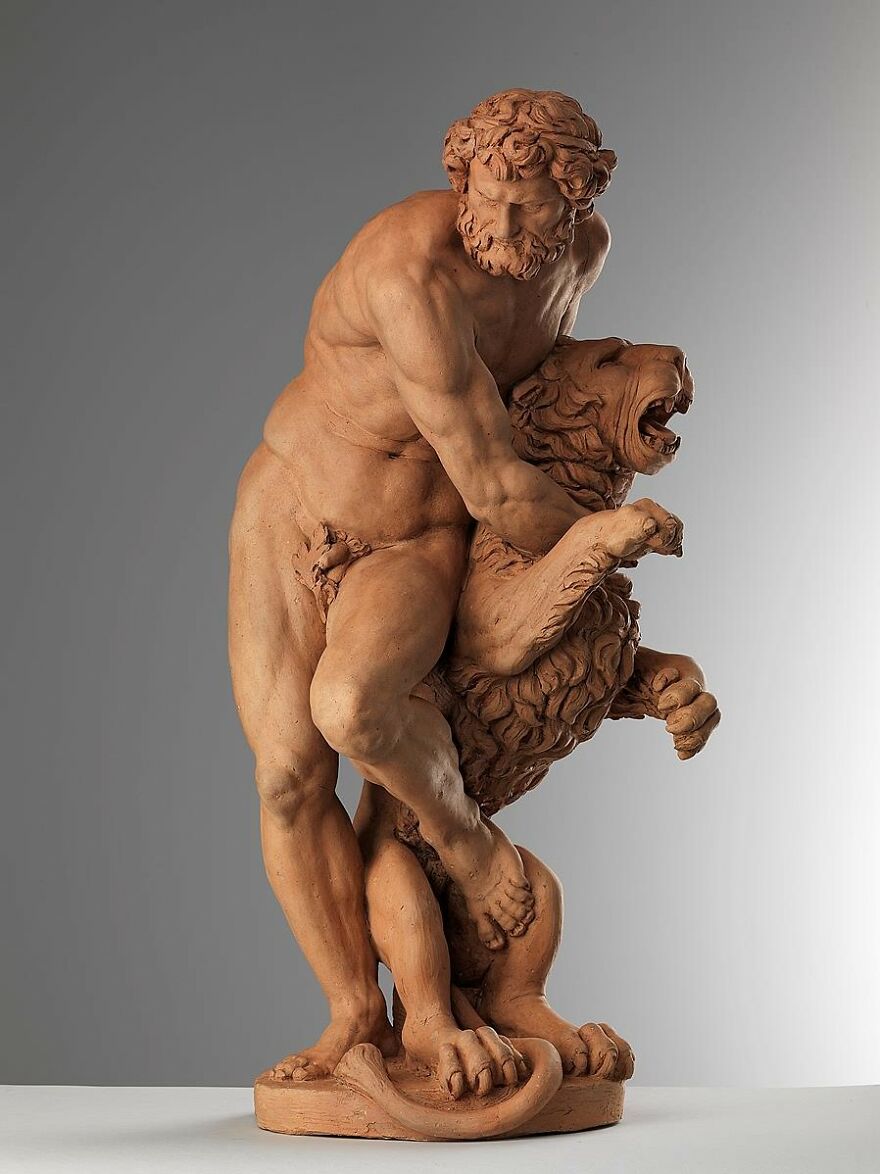
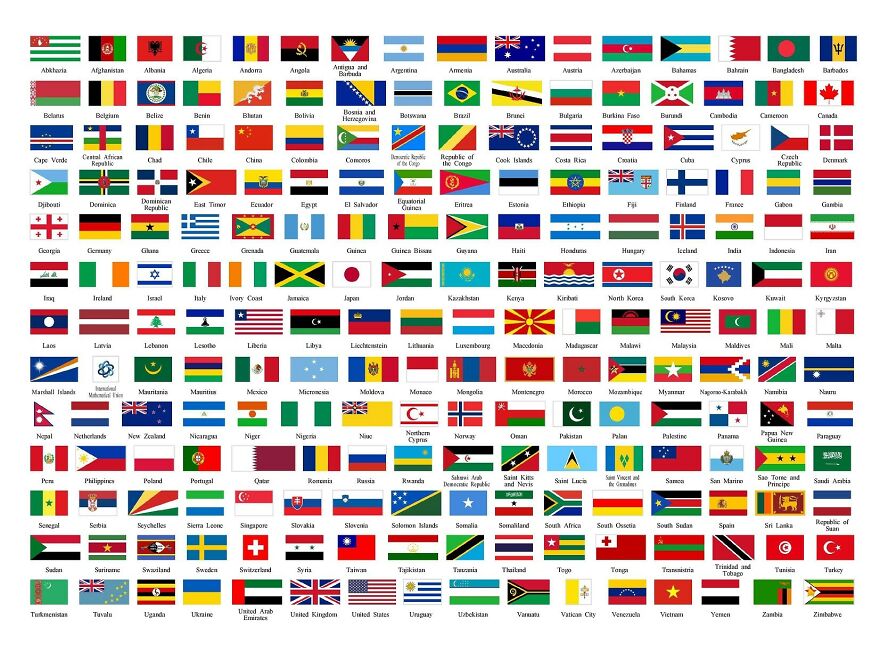



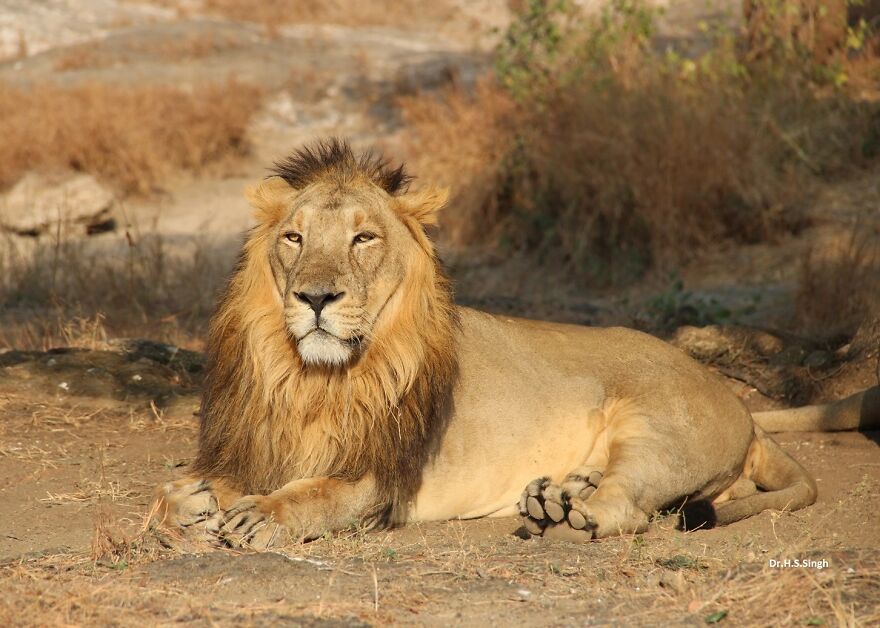




18
1